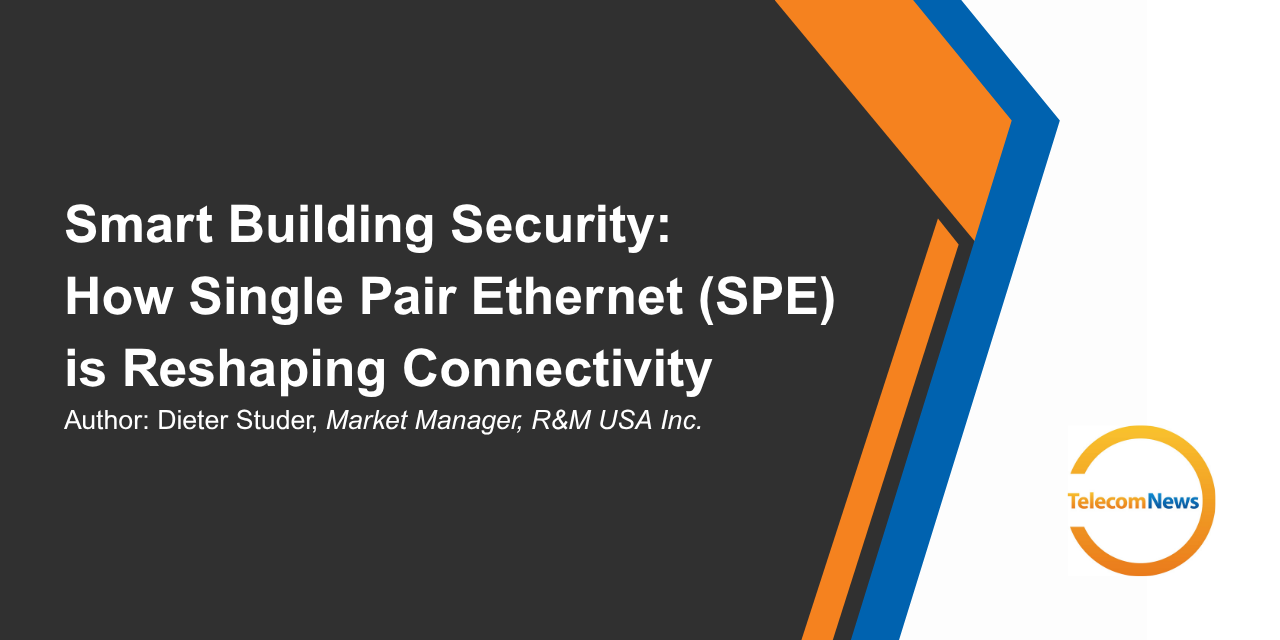Originally posted on Telecom Newsroom.
The smart building industry is on an extraordinary growth trajectory. In 2023, North America accounted for over 35% of the $108 billion global smart building market. Projections show this sector growing at nearly 26% annually through 2030, with integrated building management systems expected to surge from $12 billion in 2024 to over $40 billion by 2033. As the pace of development accelerates, so does the need for smarter, more secure infrastructure.
Smart buildings are no longer just about automation: they’re about convergence. Systems that once operated independently, HVAC, lighting, fire alarms, access control, and surveillance, are now being brought together over IP networks. This shift allows facility managers to monitor and control a building’s physical and digital systems from a single interface, streamlining operations, improving security responsiveness, and enabling powerful automation.
What’s driving this shift isn’t just convenience—it’s necessity. Buildings must now meet complex regulatory requirements around cybersecurity and occupant safety. U.S. regulations like HIPAA, NFPA, and FISMA demand not only physical security but also secure, auditable digital infrastructure. At the same time, organizations are under pressure to reduce both capital and operating costs. Converging systems over IP meets all of these needs, improving operational agility while laying a stronger security and compliance foundation.
To continue reading, please click here.


